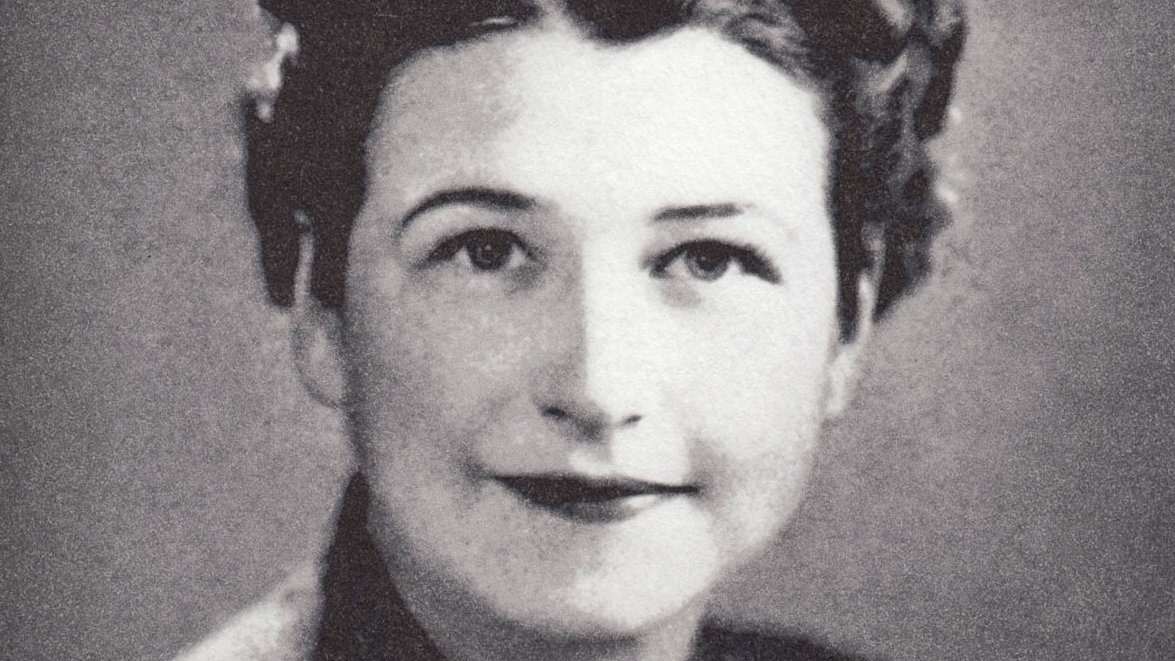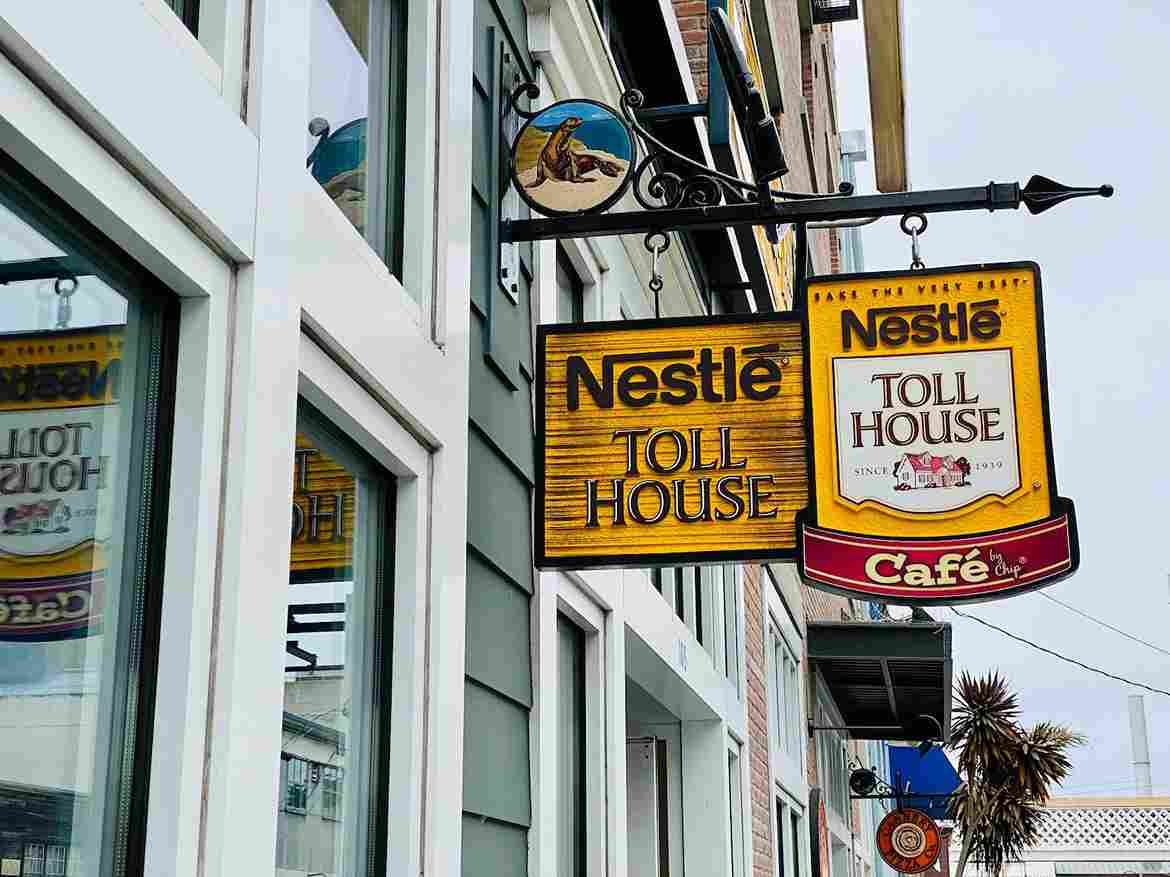How A Kitchen Accident Created Chocolate Chip Cookies
Have you ever wondered how the delightful chocolate chip cookie came to be? Through this article, we’ll dive into its intriguing journey from invention to global favorite.
So, grab a handful of chocolate chip cookies and settle in as we explore the story behind this iconic dessert. You might be surprised by the rich history and cultural significance that make these cookies so special.
The inventor – Ruth Wakefield, and the Toll House Inn

Born in 1903, Wakefield wasn’t just a home cook; she was a highly educated chef, dietitian, teacher, and cookbook author. Her journey began in Easton, Massachusetts, where she grew up with a passion for cooking.
After graduating from Framingham State Normal School of Household Arts in 1924, she worked as a high school home economics teacher and a hospital dietitian.
In 1930, Ruth and her husband, Kenneth Wakefield, transformed an old house in Whitman, Massachusetts, into the Toll House Inn.

This quaint establishment, named after its historic location on the former toll road between New Bedford and Boston, became renowned for its exceptional food and charming ambiance. Ruth managed the kitchen and gained acclaim for her inventive and delicious desserts.
The Toll House Inn’s popularity soared as Ruth experimented with various recipes, many inspired by colonial dishes and family traditions. By 1931, the demand for her culinary creations led to the publication of “Ruth Wakefield’s Tried and True Recipes.”
The accidental creation that changed everything

The popular story says that Ruth Wakefield ran out of baker’s chocolate while making her famous butter-drop cookies. So she used chopped Nestlé semi-sweet chocolate instead.
Surprisingly, the chocolate pieces didn’t melt and stayed intact during baking. As the story goes, this happy accident gave rise to the iconic cookies.
However, some historians think this story might not be completely true. Wakefield was known for her careful and professional approach to cooking.

Carolyn Wyman, the author of “The Great American Chocolate Chip Cookie Book,” believes that Wakefield likely intended to create a new cookie by adding chocolate chunks deliberately.
In 1938, Wakefield’s cookbook, “Toll House Tried and True Recipes, featured her creation under the name “Toll House Chocolate Crunch Cookies.” This publication played a crucial role in popularizing the cookie across America.
The deal that made chocolate chip cookies famous
As word of Ruth Wakefield’s chocolate chip cookies spread, customers couldn’t get enough of them.
The buzz around the cookies caught the attention of Marjorie Husted, who was known to the public as Betty Crocker through her popular radio program. Wakefield’s cookies were featured on the show, which helped introduce the treat to a broader audience.

Seeing a growing market, Nestlé decided to capitalize on the cookie craze. Initially, they made chocolate bars easier to use by pre-scoring them, but soon, they innovated further by creating chocolate chips specifically for baking.
This move set a new standard and made chocolate chip cookies even more accessible for home bakers.

On March 20, 1939, Ruth Wakefield signed a deal with Nestlé, allowing them to use her cookie recipe and the Toll House brand. Though she was promised a dollar as part of the agreement, Wakefield later claimed she never received it.
However, she did benefit from a lifetime supply of Nestlé chocolate and consulting fees. Nestlé’s inclusion of the recipe on their chocolate bars and the creation of Toll House Morsels popularized chocolate chip cookies across America.
The evolution of the chocolate chip cookies

When the USA entered World War II, Toll House Cookies were sent overseas to boost soldiers’ morale. This sweet gesture helped the cookies gain even more popularity after the war.
They quickly became known as America’s favorite cookie, and today, we celebrate National Chocolate Chip Cookie Day on May 15th.
While Nestlé led the craze, other companies soon joined in. Brands like Famous Amos and Chips Ahoy became household names, bringing their own versions of the beloved cookie to American tables.

Bakers started adding chocolate chips to cakes, pies, muffins, and other desserts. One standout example is Ben & Jerry’s ‘Chocolate Chip Cookie Dough’ ice cream, a delicious blend of cookie dough chunks and vanilla ice cream.
Today, chocolate chip cookies come in countless variations, from classic recipes with just chocolate chips to inventive versions with white chocolate, oatmeal, or even bacon.
The cultural impact of these cookies

Chocolate chip cookies have a special place in our hearts, especially because they became popular during the Great Depression.
During that tough time, these cookies offered a simple, comforting treat that people could enjoy despite the economic struggles. It’s no wonder they became so loved—they brought a bit of warmth and joy to difficult days.

Today, chocolate chip cookies are more than just a sweet snack; they represent home and comfort. Many people associate them with happy childhood memories and cozy kitchen moments. This emotional connection is one reason why chocolate chip cookies are still so popular.

These cookies also play a big role in social events. Whether at bake sales, cookie swaps, or community gatherings, chocolate chip cookies are a favorite. They help bring people together and create a sense of community through a shared love of tasty treats.
The continued popularity of chocolate chip cookies shows how they have become a comforting and beloved part of American culture.

